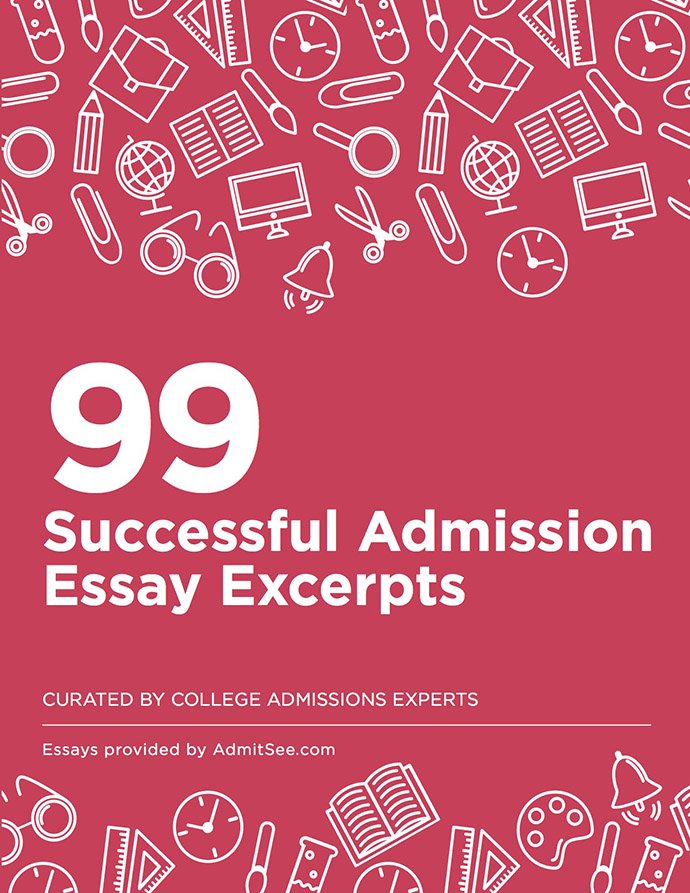For many families, the only way to afford a college education is for their student to receive some financial aid. An athletic scholarship is one way that can help lower the price. Here’s what you need to know.

How do athletic scholarships work?
Athletic scholarships are non-guaranteed, financial aid agreements between an athlete and their school. College coaches award scholarships to athletes based on the coach’s perception of their athletic ability. Most scholarships are one-year agreements that must be renewed each year. Scholarships are either classified as equivalency, in which coaches give partial scholarships to players, or head count, where all offers are full scholarships. Athletic scholarships are offered at the NCAA D1, D2, NAIA and junior college levels. Schools competing at the NCAA D3 level are not allowed to offer athletic scholarships but do offer other forms of financial aid.
How college coaches use scholarships
Each coach and sport have different ways for using scholarships. For example:
- All the money to the top athletes – Some programs offer full or almost full scholarships to the top athletes and fill the rest of the roster with recruited walk-ons. This is popular in baseball, softball, track and swimming where an elite recruit at a specific position or event(s) can contribute a lot to a team’s success.
- No scholarships to underclassmen – Many coaches use scholarships as a reward to athletes who’ve been with the team. They choose to offer very little or no scholarships to most underclassmen, with the understanding that if you stay with the team and are a major contributor, you will get a scholarship.
- Divide scholarships (almost) equally – Some coaches will divide scholarships up among several individuals, so each person has something. This is popular in sports or events where you keep extra people on the roster and want a larger group of equally talented individuals. Coaches often use this strategy to bring in a large recruiting class and give the top performers a larger scholarship in future years.
- Underfunded Programs – The NCAA and NAIA limit the number of scholarships a team can offer based on division level. However, not all schools can offer the maximum number of scholarships due to limited funding. When trying to determine if an offer is “good,” you will want to ask the coach if the school is fully funded.
How do you get a full-ride scholarship?
Full scholarships are the exception and not the rule. If you play a headcount sport (football, men’s and women’s basketball, women’s tennis, volleyball or gymnastics) at the D1 level, any scholarship offers you receive will be for a full-ride. Getting a full-ride outside of headcount sports requires the following:
- Fill a critical role on the team – Not all positions or events are created equal. For example, in baseball, pitchers will get much larger scholarship offers than an outfielder. Sprinters get larger offers in track & field than long jumpers.
- Have multiple schools offering a scholarship – Scholarships are a limited and coaches need to stretch them to field the best team possible. The only leverage you have with a coach is to have other offers. Having multiple schools with genuine interest will ensure each school is maximizing their offer to you.
- Move down a division level – If you find that you aren’t getting the financial aid package you need at one division level, contacting schools at a lower division might lead to a better offer. A lower-level D1 talent will typically be a better recruit at a D2 school.
Athletic Scholarships vs. Academic Scholarships
For many, the appeal of athletic scholarships is that they will offset some–or all–college costs. The truth is, more money is available through academic scholarships, and your best financial aid package would be to combine athletic and academic offers.
MORE: A parent’s guide to creating a better college financial package
Here are the facts if you are hoping to combine academic and athletic scholarships.
- You need a minimum GPA to combine athletic and academic money – The NCAA requires you have a minimum GPA/test scores to be able to accept academic money as a student-athlete. You need one of the following, a minimum of a 3.5 GPA, 25+ on the ACT or 1200 on the SAT. Without this minimum, your academic money will be counted against the athletic scholarship dollars of the program. If you meet the minimums, coaches can give you academic money instead of or together with athletic money.
- Getting an academic scholarship in place of an athletic scholarship – In a scenario where a coach thinks you are worth a 20 percent scholarship, if they can get you that money through academics instead of athletics, they will do that. Many families feel “I should get the athletic AND academic money,” but that is not how it works for most coaches.
- Academic scholarships stay with you – Athletes are an injury or bad season away from potentially losing their athletic scholarships. Academic scholarships are a more secure form of financial aid. If money is the most important factor to your family, you will want to earn that aid through your grades.
















 Back
Back